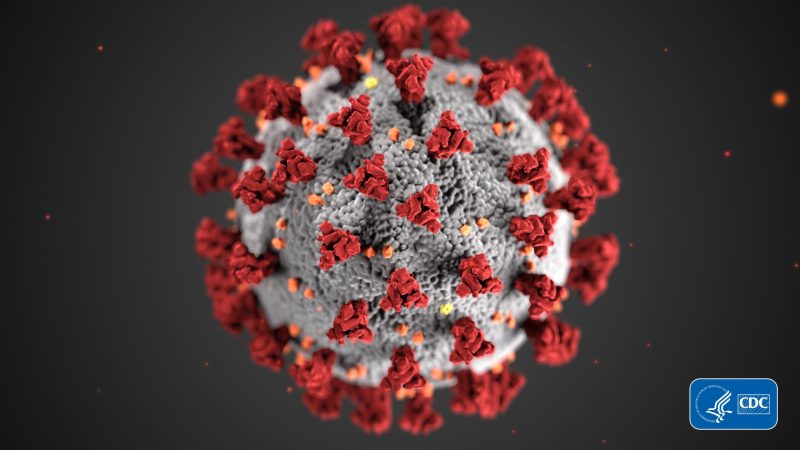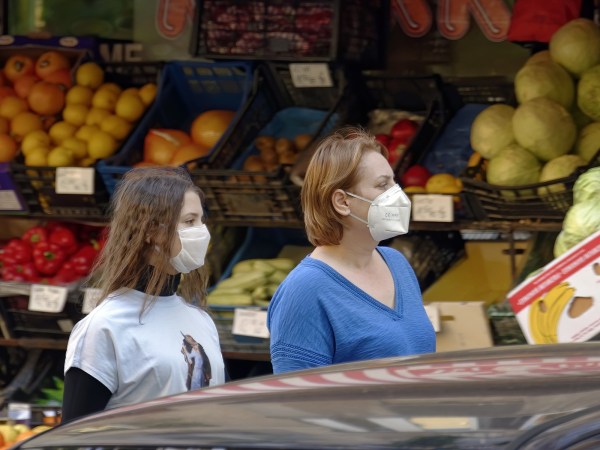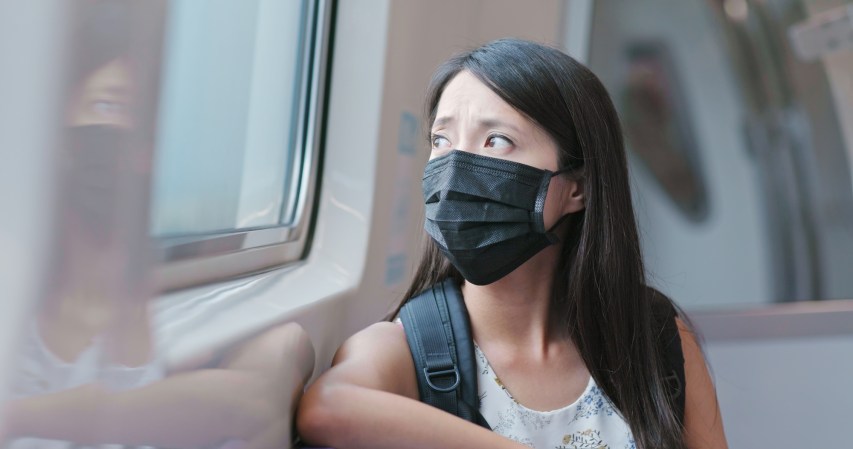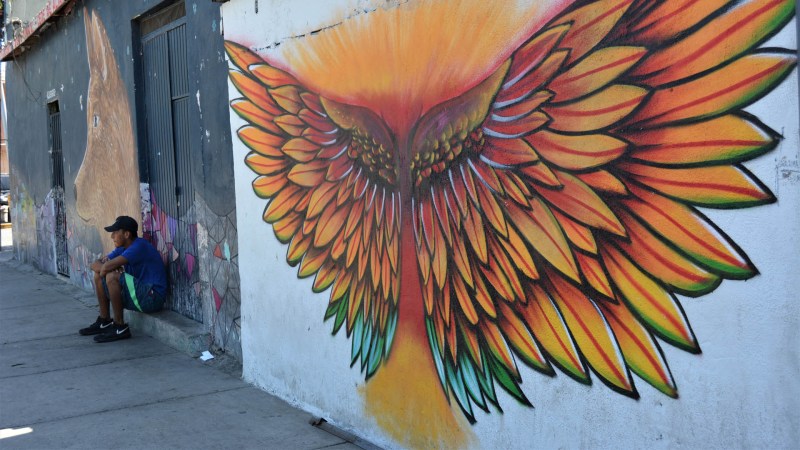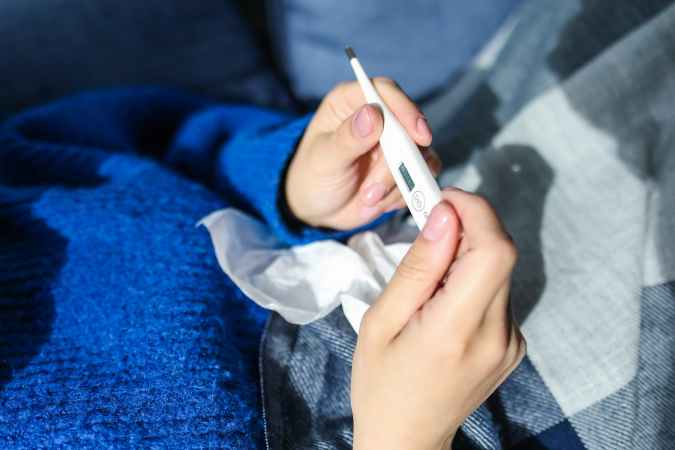

An imported case of monkeypox has made its way to the US for the second time this year. A traveler who had just returned from a trip to Nigeria was diagnosed in Maryland and is now recovering in isolation.
Although monkeypox can be a potentially fatal illness—up to a tenth of monkeypox cases in humans are fatal, according to the World Health Organization—the Maryland Department of Health says the infected individual has mild symptoms. The agency also says that “no special precautions are recommended at this time for the general public.”
The Centers for Disease Control and Prevention is working with international health agencies, the airline that carried the traveler, and state and local health officials to track anyone who may have been exposed to the virus. The agency says the likelihood of monkeypox spreading via respiratory droplets is low, since “travelers on the flight to the United States were required to wear masks on the plane as well as in the US airports.”
Monkeypox is a rare but potentially serious illness caused by a virus similar to the one responsible for smallpox, though monkeypox cases tend to be milder. The incubation period is usually five to 21 days. Early symptoms include fever, headache, muscle aches, and swollen lymph nodes. Later, rashes develop on the face and body which turn into lesions, pustules, and eventually scabs. Infection can last two to four weeks, and monkeypox can spread when viral material from pus makes contact with open wounds, or through short-lived respiratory droplets. Typically, either physical contact or prolonged face to face contact is required to spread the disease.
[Related: Vets, farmers, and zookeepers can help prevent the next pandemic]
The disease is so named because it was first identified in laboratory monkeys, but the original animal reservoir for the disease is unknown. Beyond humans, monkeypox virus infections have been found in many animals including squirrels, Gambian rats, dormice, and multiple species of monkeys. The vast majority of cases in humans occur in the Democratic Republic of Congo, with smaller outbreaks every year in other African countries. Human monkeypox infections have been documented outside Africa on six occasions, according to the CDC—there were 47 US cases in 2003, three in the US and one in Israel in 2018, one in Singapore in 2019, and three in the United Kingdom and now two in the US in 2021.
The first US case of monkeypox this year was found in the summer, also in a traveler returning from Nigeria. Upon confirming the pathogen was monkeypox, the CDC monitored more than 200 people in 27 states, ultimately concluding that no one else was infected.
Because monkeypox has no treatment, most efforts to combat the disease focus on prevention and outbreak management. Studies suggest, however, that vaccination against smallpox provides some protection against monkeypox as well, with about 85 percent efficacy. But since the eradication of smallpox, governments around the world have stopped their routine smallpox vaccinations, which may be contributing to the rise in monkeypox cases in Nigeria in recent years.

